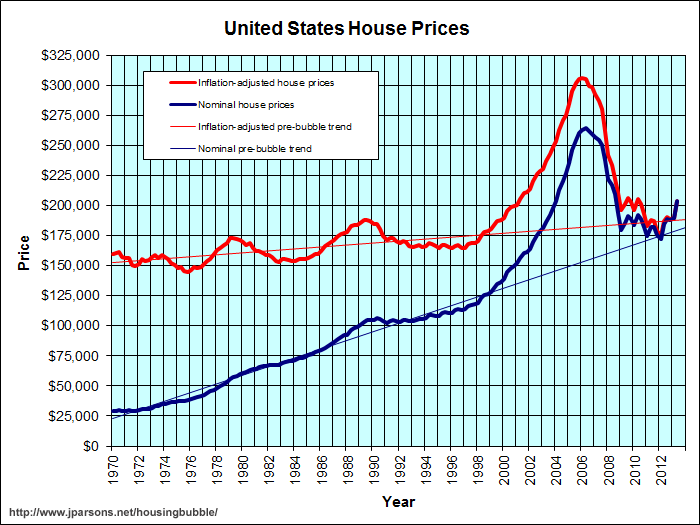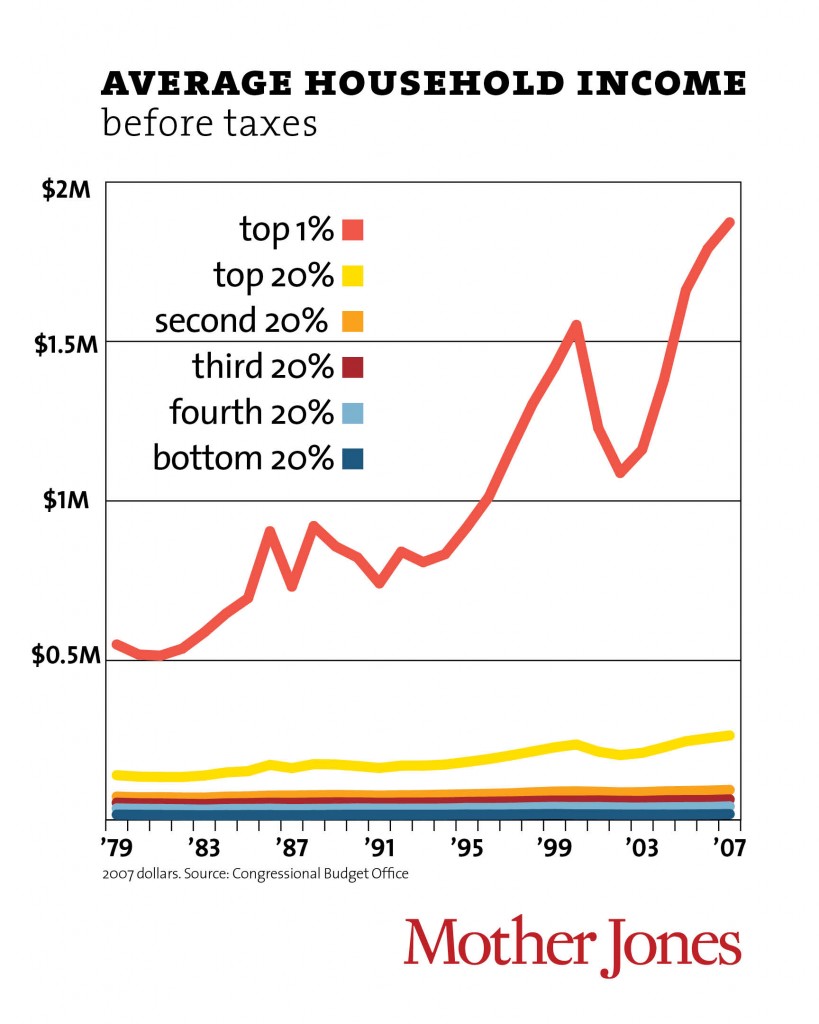
Reflection of semi-truck in side view mirror with plane flying above (Photo by: Tetra Images/AP Images)
Historically, economic and geographic mobility have been intertwined. Studies have shown that the number one reason that people pick up and move to another community is for work: Americans move out to move up.
But something has happened. In the 1980s, we began to stay put.
Here’s Timothy Noah in December’s Washington Monthly:
In the early 1950s, about 3.5 percent of all American households moved from one state to another in any given year. This proportion held up through the 1970s, and then started to fall around 1980. By 2006 interstate migration had dropped to 2 percent, and by 2010 to just 1.4 percent, or less than half the rate of the early 1950s. The latest available data, for 2011-12, shows interstate migration still stuck at a mere 1.7 percent. Though it may not square with our national self-image, America today is a nation of people who tend to stay put, with a population that is no more mobile than that of Denmark or Finland.
Noah then linked geographic and social mobility…
When [Americans] do migrate it is typically no longer from places with low wages to places with higher wages. Rather, it’s the reverse. That helps explain why, since the 1970s, income inequality has gone up and upward mobility has (depending on who you ask) either stagnated or gone down.
After considering and rejecting a number of possible explanations, Noah argued that the primary cause for this trend is that housing costs have significantly outstripped household incomes – for everyone, that is, except the top one percent.
These two charts tell the tale:
Last week, The Atlantic’s Derek Thompson looked at data from Harvard’s Equality of Opportunity Project, a unique database with enough information to drill down and measure social mobility in different regions and metropolitan areas.
Thompson found that not only are Americans moving from places with higher wages to those with lower wages, they’re also moving from denser metro areas where there’s more opportunity to move up the ladder to those with a lot of sprawl and limited upward mobility – but lower housing costs.
The states with the most upwardly mobile cities include Pennsylvania (with five of the top 12 cities), New York and New Jersey (Albany, Newark, and New York are in the top 30). All three states are seeing net emigration, according to the Atlas map. Five of the 11 worst cities for poor children to move into the top quintile are in Tennessee and North Carolina—two of the few states to see more inbound moves in 2013.
This doesn’t make much sense if you envision American families rushing to the most promising metros. It does make sense if you see American families rushing to the most affordable homes.
Some of America’s most productive cities for medium- and low-income families—Boston, Honolulu, San Jose, New York—are also the most expensive. This is often due to (or at least, exacerbated by) exclusionary zoning and housing regulations that limit the number of available units, which drives up the price of housing, ensuring that low-income families can’t afford to live there. The sad irony is that density is a good predictor of upward mobility, but sunbelt cities with affordable housing often sprawl deep into the exurbs, where families aren’t anywhere near the best jobs. The very thing that makes those cities attractive places to get to also makes them bad places to get ahead.
Thompson’s right to blame overly strict zoning ordinances in many cities for sky-high housing costs. But there’s more to the story – a big reason that housing costs in general have outpaced wage growth is that the government subsidizes home-ownership. At $70 billion annually, the mortgage interest tax deduction is one of the biggest expenditures on the books (and the vast majority of those dollars flow to households with incomes over $100,000 per year).
More recently, housing prices have been pushed up by Wall Street, which has bought up huge numbers of distressed properties for pennies on the dollar. So while average home prices increased by almost 13 percent last year – which is great for underwater homeowners but awful for people looking for a new place — that recovery, as David Dayen noted at Salon, is “not being driven by the typical American families who lost their homes in the economic crash. In fact, it’s being fueled by the banks and hedge funds whose speculation caused that crash in the first place.”




